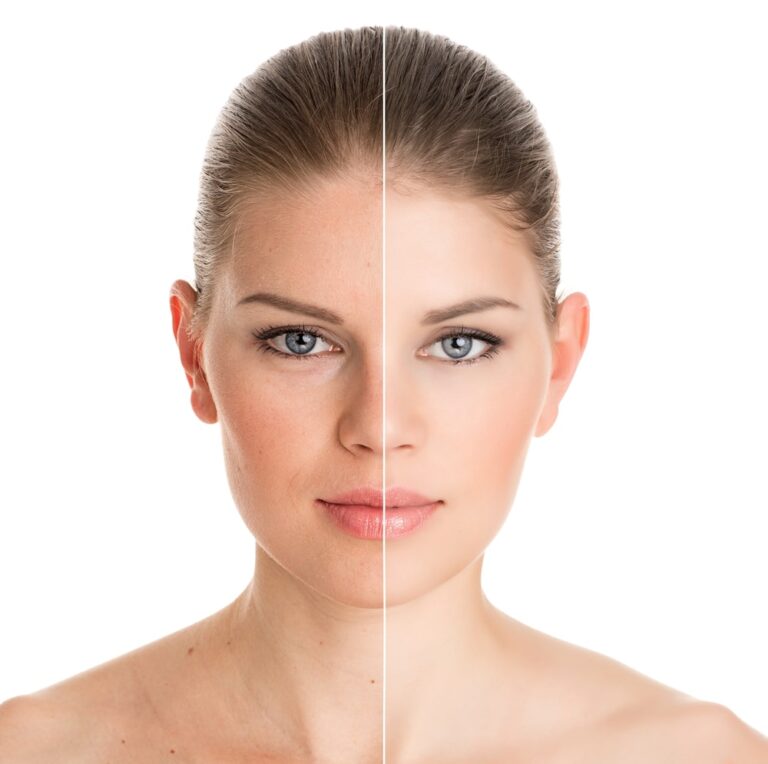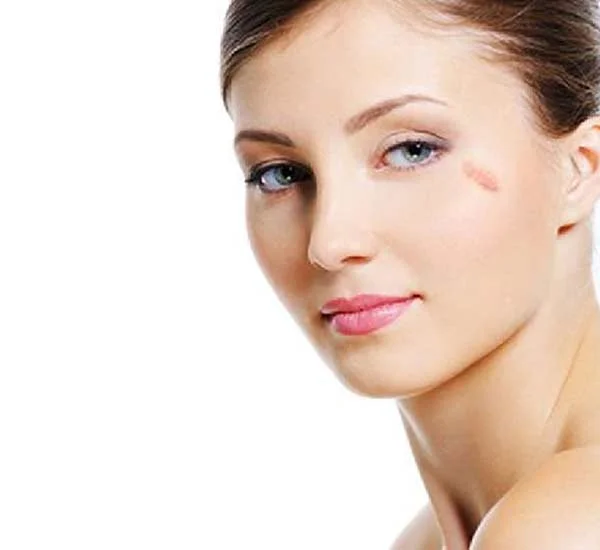
Botox Injections
Botox Injections:
Facial wrinkles are one of the first signs of aging, appearing on the forehead and around the eyes. While wrinkles are a natural part of aging, some people do not accept them because they make them look older or tired.
Botox is one of the most popular wrinkle treatments used worldwide. Many women resort to Botox injections to get rid of signs of aging and appear with a bright and younger face.
But what is Botulinum Toxin:
Botox is a toxic substance produced by some anaerobic bacteria (Clostridium botulinum). This substance can cause fatal food poisoning and is found in spoiled canned goods. However, in small quantities, it is used for certain medical treatments, the most famous of which is removing facial wrinkles. It can also be used for other treatments such as:
- Excessive sweating under the armpits: a safe and 100% effective treatment to get rid of excess sweating. Results last from six months to a year, depending on the patient, with few side effects.
- Cervical dystonia: a neurological disorder that causes severe muscle contractions in the neck and shoulder.
- Eyelid spasms: uncontrollable blinking.
- Strabismus (crossed eyes).
- Chronic migraines.
- Overactive bladder.

When are Botox injections used:
There are two types of wrinkles on the face:
- Mechanical wrinkles: these wrinkles are caused by facial expression muscles on the forehead, between the eyebrows, around the mouth, and at the eye corners. These wrinkles become deeper and more prominent with age. Botulinum toxin can be used to make these dynamic wrinkles less visible.
- Fine lines and wrinkles: these wrinkles primarily result from collagen depletion in the deep skin layers due to aging, sun exposure, and other environmental factors. In this case, Botulinum toxin is not used, and these fine lines and wrinkles require other treatments.
How does Botox (Botulinum Toxin) work:
Botox is a temporary solution lasting from 4 to 12 months, depending on the injected area. Botox works by blocking some nerve signals that cause muscles to contract, leading to muscle relaxation and temporary disappearance of wrinkles. The effect lasts for a period of time, after which the muscles contract again, and wrinkles reappear.
Who can perform Botox injections:
You must be over 18 years old and in good health before undergoing Botox.
Some people are not eligible for Botox injections:
- People with neuromuscular diseases (such as myasthenia gravis, multiple sclerosis).
- Women during pregnancy or breastfeeding.
- People with facial muscle weakness.
- People with droopy eyelids or deep scars on the face.
- Those with skin problems near the injection area.
- People allergic to the components in Botox.
- Patients taking aminoglycoside antibiotics or captopril.
Before getting Botox injections:
Remember to inform your doctor about your medical history, medications, and dietary supplements you are taking. If you have used Botox injections in the previous months, patients should stop taking non-essential medications and supplements such as:
- Aspirin (2 weeks prior)
- Nonsteroidal anti-inflammatory drugs (ibuprofen, naproxen, etc.)
- Fish oil supplements
- Vitamin E
- Ginkgo biloba and ginseng
- Red wine
The doctor will apply a numbing cream to the area to be injected to reduce pain, especially in sensitive areas of the body. They may also use vibration anesthesia before placing the Botox in specific areas of the face or body. The procedure only takes a few minutes. Be sure to choose your doctor carefully; Botox injections should be performed by skincare experts and facial anatomists. Avoid getting Botox injections from non-specialists as the risk of side effects increase.
Side Effects of Botox
Botox has few side effects, including:
- Headache and bleeding.
- Redness and swelling (bruising) at the injection site.
- Redness, irritation, or dryness of the eye.
- Infection.
- Temporary overactivity of untreated areas, leading to muscle imbalance in facial expression muscles.
Drooping eyelids are one of the most serious side effects of Botox injections, but they are rare. They can impair your vision after the effects of Botox wear off. Consult an eye doctor to determine the best course of action for your situation. Sometimes, the substance may rarely leak into other areas of the body, causing central symptoms such as vision problems, swallowing and speech problems, breathing problems, weakness in upper limb muscles, weakness in the bladder. Inform your doctor immediately if these symptoms occur.
Follow your doctor's instructions to minimize side effects as much as possible. Your doctor may ask you to use some eye drops and creams, sit upright (not lie down), and avoid pressing on the injection site for four hours after the injection. Sometimes the doctor may recommend avoiding exercise for 24 hours after the injection and not lying down for four hours after the injection.
Types of Botox used for injections:
- Cosmetic Botox: used to reduce the appearance of wrinkles on the face.
- Therapeutic Botox: used to treat conditions such as excessive sweating, migraines, and muscle spasms.
- Dermal Filler Botox: used to increase lip volume and improve facial features.
- Neuromodulation Botox: used to treat muscle disorders and chronic pain.
- Lift Botox: used to lift eyebrows and tighten skin around the eyes.



